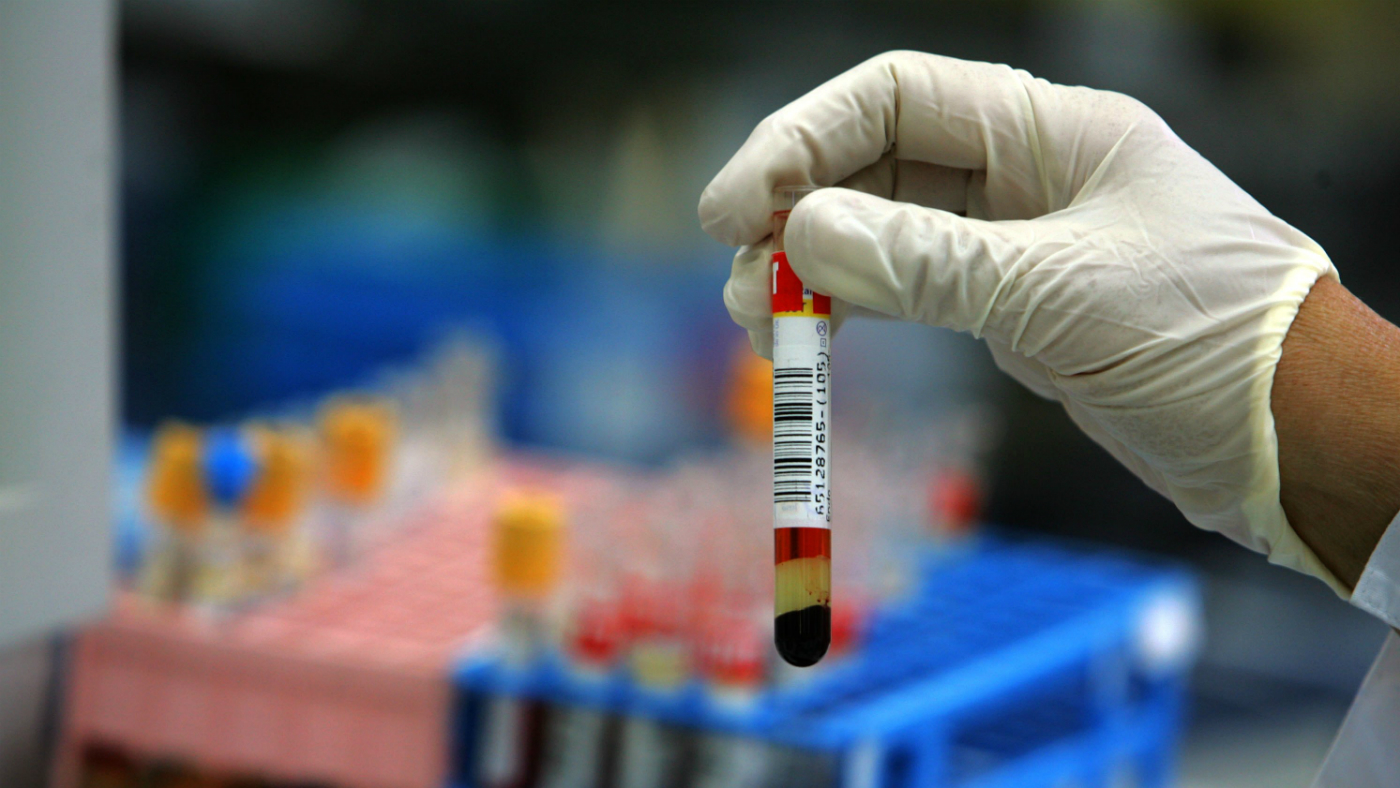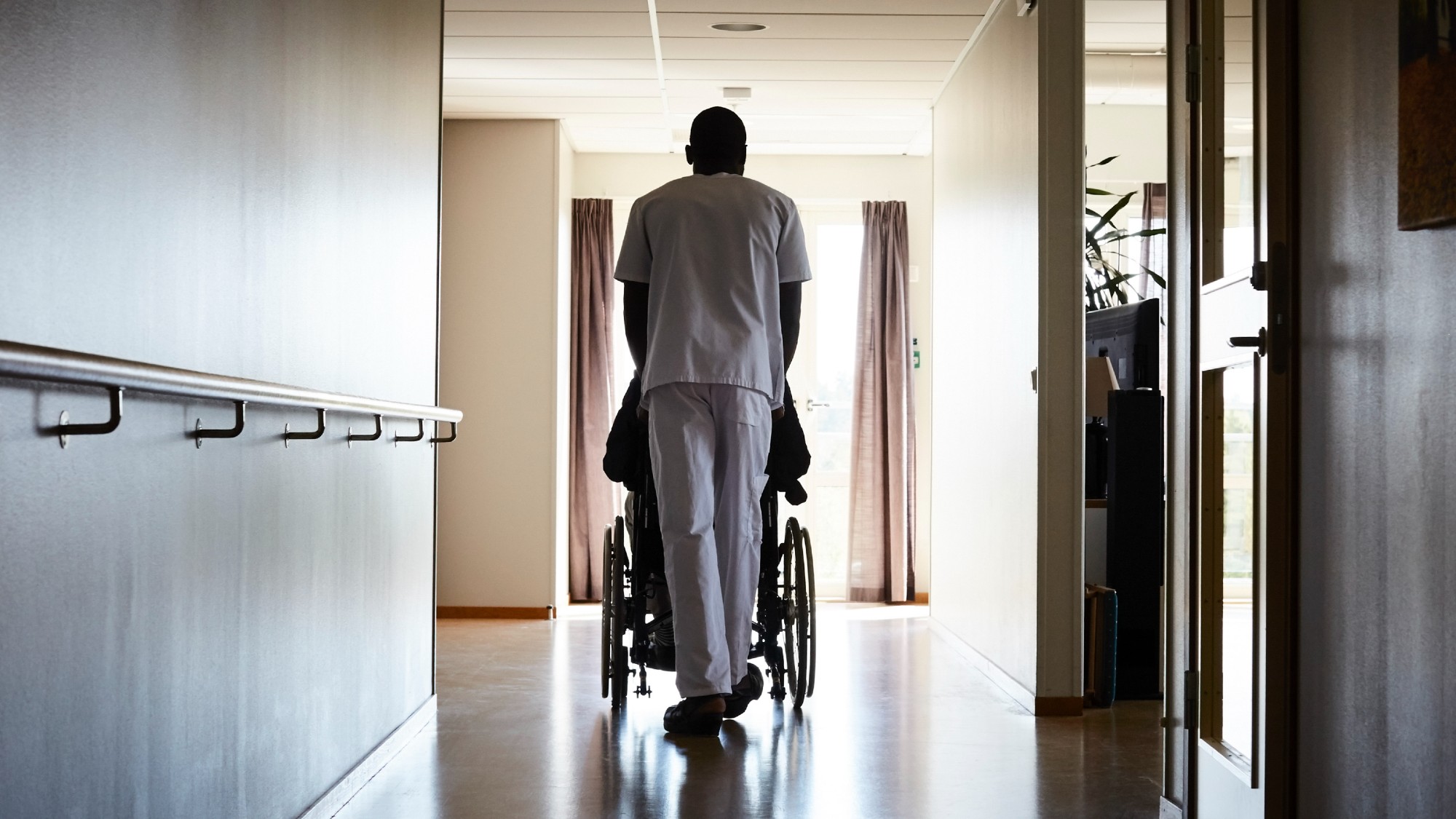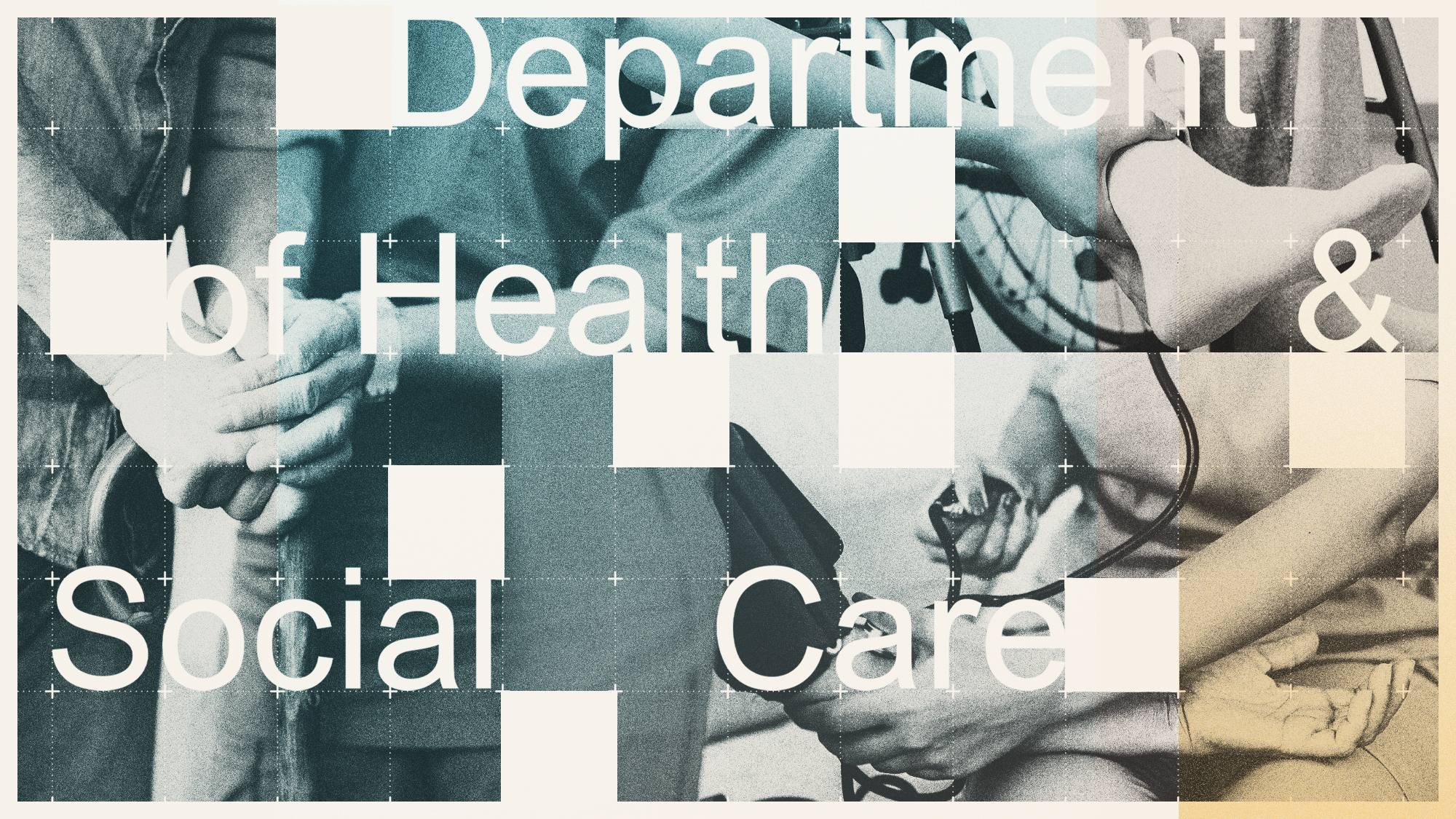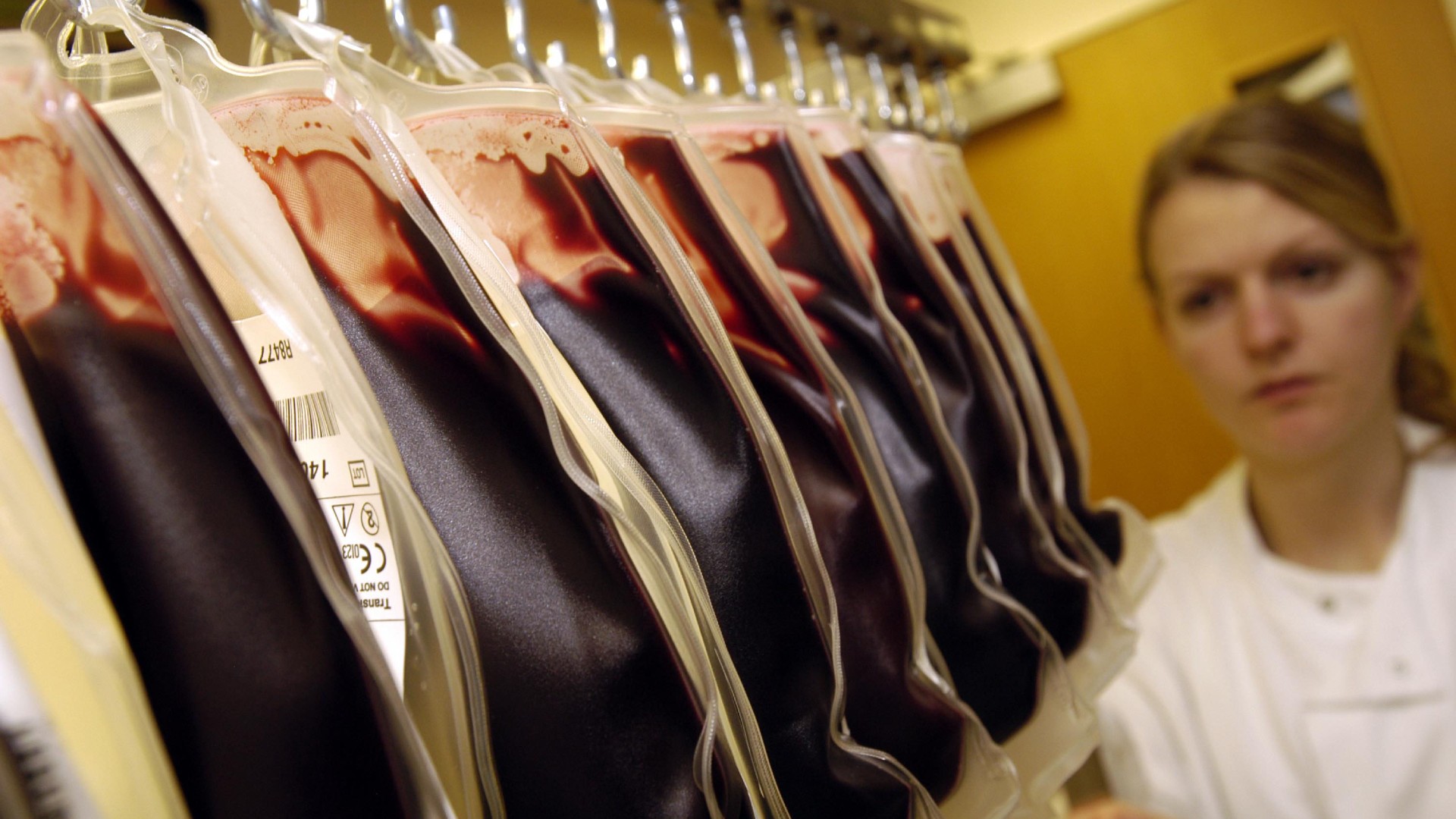Sepsis: what is it and what are the symptoms?
Royal College of Nursing calls for national early warning system to save lives

The Royal College of Nursing (RCN) is urging the NHS to introduce the first national early warning system for sepsis to save thousands of children’s lives.
The condition, which kills up to 4,000 under-fives every year in the UK, can appear to be a minor ailment but becomes life-threatening very quickly.
“At the moment many hospitals have their own individual versions of the scheme while some have none,” says The Guardian. RCN wants an agreed system for detecting the condition to be rolled out across the whole healthcare service.
The Week
Escape your echo chamber. Get the facts behind the news, plus analysis from multiple perspectives.

Sign up for The Week's Free Newsletters
From our morning news briefing to a weekly Good News Newsletter, get the best of The Week delivered directly to your inbox.
From our morning news briefing to a weekly Good News Newsletter, get the best of The Week delivered directly to your inbox.
Dame Donna Kinnair, the RCN’s chief executive, told the newspaper: “Sepsis in a child is so sudden, you see a child go from life to death. If you see a child and an hour later they come back with sepsis that is truly devastating for any health professional. It’s really important we get a way of ensuring that we diagnose this accurately.”
NHS England has said it is working with the Royal College of Paediatrics and Child Health on a system to put in place.
What is sepsis?
Sepsis is a rare but serious complication which develops when the body goes into overdrive to fight an infection, such as a pneumonia, or even after an insect bite or a small cut, according to the UK Sepsis Trust. The body’s unusual response can injure tissues and organs.
A free daily email with the biggest news stories of the day – and the best features from TheWeek.com
While it is commonly mistaken as septicaemia, or blood poisoning, the infection doesn’t have to infect a person’s blood stream in order to thrive.
If treated quickly, most cases lead to a full recovery with no lasting problems.
However, if left untreated, sepsis can have catastrophic effects, leading to septic shock, loss of limbs, organ failure and even death.
How many people contract sepsis a year?
Sepsis is already one of the UK’s biggest silent killers, taking 44,000 lives every year, according to the UK Sepsis Trust. There are thought to be around 260,000 cases of sepsis a year in England alone.
Although relatively unknown, the infection kills more people than bowel, breast and prostate cancer combined, says the BBC.
A report published in 2015 found that 40% of people admitted to A&E with the illness were not reviewed by senior doctors quickly enough.
This prompted the National Institute for Health and Care Excellence (Nice) to issue a new standard advising that people showing signs of sepsis must be checked within an hour.
What are the symptoms?
Sepsis is notoriously difficult to diagnose as symptoms differ widely between patients.
The NHS advises parents of under-fives to call 999 and take their child straight to hospital if they look mottled, bluish or pale, are very lethargic or difficult to wake, feel abnormally cold to touch, are breathing very fast, have a rash that does not fade when pressed, or have a fit or convulsion.
Early signs in older children and adults include a fever or low body temperature, as well chills and shivering, a fast heartbeat and fast breathing.
When this develops into septic shock, which leads to a dangerously low drop in blood pressure, a victim can feel dizzy or faint and experience nausea and vomiting, as well as having slurred speech.
They might have severe muscle pain and breathlessness, need to urinate less than usual and have cold, clammy and pale or mottled skin.
Although anyone can develop sepsis after an injury or minor infection, certain groups of people are more likely to develop the illness. Those with a medical condition or those receiving treatment for a medical condition that weakens their immune system are at higher risk, as well as people already in hospital with a serious illness.
The very young and very old are also particularly vulnerable, together with people who have just had surgery or have wounds or injuries as the result of an accident, says the NHS.
How is it treated?
Patients with high-risk sepsis should be treated with antibiotics and IV fluid treatment within an hour of diagnosis, says Nice.
In cases where it will take longer than that to get to hospital, GPs or ambulance staff can also administer antibiotics.
Dr Ron Daniels, chief executive of the UK Sepsis Trust, says: “An emphasis on timely treatment and diagnosis is crucial if we are to improve outcomes for people with sepsis.”
What about improving diagnosis?
Researchers from Harvard Medical School and Imperial College London last year warned that Britain is failing to keep up with other wealthy nations’ progress on cutting sepsis mortality.
They said that sepsis death rates in the UK are five times higher than in Finland, the best-performing European country.
In 2017, the then-health secretary Jeremy Hunt announced a series measures to improve sepsis identification, tracking and prevention, with a specific focus on the development of artificial intelligence (AI) that could boost sepsis patients’ chances of survival.
Now, the Royal College of Nursing is calling for more to be done.
Can sepsis be eradicated?
Although the long-term goal of stopping sepsis deaths could be a while off, there are some optimistic developments which could reduce the number of fatalities.
According to the Daily Mail, a team at Duke University in North Carolina has created a breakthrough test that can identify patients with the highest risk. Trials had an 80% accuracy in predicting whether or not the sepsis would lead to death.
The team discovered a molecule, methylthioadenosine, or MTA, present if the immune system is in a “runaway” state with sepsis. Detecting the presence of MTA could allow doctors to catch sepsis early.
Additionally, scientists have found that pills used to lower blood pressure and prevent chest pains could also reduce the risk of dying from sepsis.
However, AI has proved more reliable at predicting the best treatment than human doctors, according to a study published in Nature Medicine.
Health Minister Lord O’Shaughnessy said: “We need to be better at spotting the signs [of sepsis] early and artificial intelligence has the potential to do this quickly and more effectively than humans – supporting doctors so they can spend more time with patients.
“We’re already making steps to improve diagnosis with our new sepsis tool, but we must also embrace any new technology solutions that can improve patient care and save lives.”
-
 The Week’s big New Year’s Day quiz 2026
The Week’s big New Year’s Day quiz 2026Quiz of the Year How much do you remember about 2025’s headlines? Put yourself to the test with our bumper quiz of the year
-
 Is tanking ruining sports?
Is tanking ruining sports?Today's Big Question The NBA and the NFL want teams to compete to win. What happens if they decide not to?
-
 ‘Netflix needs to not just swallow HBO but also emulate it’
‘Netflix needs to not just swallow HBO but also emulate it’instant opinion Opinion, comment and editorials of the day
-
 How dangerous is the ‘K’ strain super-flu?
How dangerous is the ‘K’ strain super-flu?The Explainer Surge in cases of new variant H3N2 flu in UK and around the world
-
 The ‘menopause gold rush’
The ‘menopause gold rush’Under the Radar Women vulnerable to misinformation and marketing of ‘unregulated’ products
-
 How the care industry came to rely on migrant workers
How the care industry came to rely on migrant workersThe Explainer Government crackdown on recruiting workers abroad risks deepening care sector crisis, industry leaders warn
-
 Could medics' misgivings spell the end of the assisted dying bill?
Could medics' misgivings spell the end of the assisted dying bill?Today's Big Question The Royal College of Psychiatrists has identified 'serious concerns' with the landmark bill – and MPs are taking notice
-
 Washwood Heath: Birmingham's pioneering neighbourhood health service
Washwood Heath: Birmingham's pioneering neighbourhood health serviceIn the Spotlight NHS England chair says there is a 'really good argument this is the model for the future'
-
 The UK's first legal drug consumption room
The UK's first legal drug consumption roomThe Explainer 'Potentially transformative moment in UK drugs policy' as The Thistle opens in Glasgow
-
 How can the UK solve the adult social care crisis?
How can the UK solve the adult social care crisis?Today's Big Question New commission announced to turn our buckling care sector around: yet more delay or finally a way forward?
-
 Should blood donors be paid?
Should blood donors be paid?The Explainer Financial rewards would help fill NHS shortfall but bring risk of contamination and exploitation, WHO warns